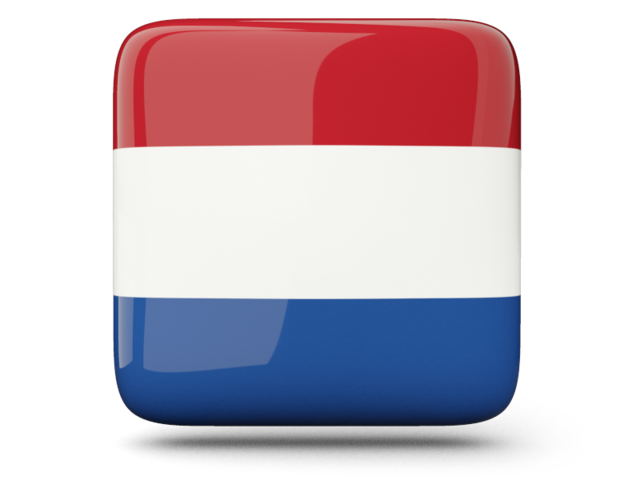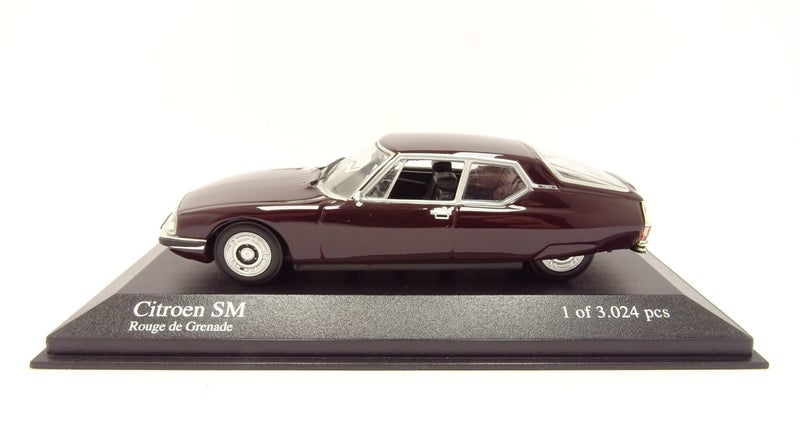

Citroën – named after André-Gustave Citroën (1878–1935), a French entrepreneur of Dutch descent. He was the fifth and last child of the Dutch Jewish diamond merchant Levie Citroën and Mazra Kleinmann (of Warsaw, Poland).
Citroën is a French automobile brand. The "Automobiles Citroën" manufacturing company was founded in March 1919 by André Citroën. Citroën is owned by Stellantis since 2021 and previously was part of the PSA Group after Peugeot acquired 89.95% share in 1976.
In 1934, the firm established its reputation for innovative technology with the Traction Avant. This was the world's first car to be mass-produced with front-wheel drive, four-wheel independent suspension, as well as unibody construction, omitting a separate chassis, and instead using the body of the car itself as its main load-bearing structure.
In 1954, they produced the world's first hydropneumatic self-levelling suspension system; then the revolutionary DS, the first mass-produced car with modern disc brakes, in 1955; and in 1967 they introduced in several of their models swiveling headlights that allowed for greater visibility on winding roads.


Headquarters Saint Ouen-sur-Seine, France, 1919-1976

Parent: PSA, Rueil-Malmaison, France, 1976-2014

Headquartered: FCA, Amsterdam, Netherlands, 2014-2021

Parent: Stellantis, Hoofddorp, Netherlands, 2021-now



2cv

The Citroën 2CV is an air-cooled front-engine, front-wheel-drive economy car introduced at the 1948 Paris Mondial de l'Automobile and manufactured for model years 1948–1990.
The 2cv was conceived by Citroën Vice-President Pierre Boulanger to help motorise the large number of farmers still using horses and carts in 1930s. The 2CV was produced for 42 years.

set of 2cv in green and black/red https://www.youtube.com/watch?v=XbhaBK1A4Mk



ds

The Citroën DS is a front mid-engined, front-wheel drive executive car manufactured and marketed by Citroën from 1955 to 1975, in fastback/sedan, wagon/estate, and convertible body configurations, across three series of one generation.
Marketed with a less expensive variant, the Citroën ID, the DS was known for its aerodynamic, futuristic body design; unorthodox, quirky, and innovative technology, and it set new standards in ride quality, handling, and braking, thanks to both being the first mass production car equipped with hydropneumatic suspension, as well as disc brakes.

set of ds in berline and break https://www.youtube.com/watch?v=mCF_jeLBuIc




ami

The Citroën Ami is a four-door, front-wheel drive economy (B-segment) family car, manufactured from 1961 to 1978.
The Ami was offered in saloon and estate/wagon/break body styles over two generations, the Ami 6 and the Ami 8. The later Ami 8 fastback saloon featured a steeply raked rear window, in contrast to the earlier reverse-raked rear window of the Ami 6 notchback.

set of ami sedan and break https://www.youtube.com/watch?v=c3F67DEJ6m0




gs

The Citroën GS is a front-engine, front-drive, four or five door, five passenger family car manufactured and marketed by Citroën in two series: for model years 1970–1979 in fastback saloon and estate bodystyles and subsequently as the GSA for model years 1980–1986 in hatchback and estate body styles – the latter after a facelift. Combined production reached approximately 2.5 million.
Noted for its aerodynamic body shape with a drag coefficient of 0.318, fully independent hydro-pneumatic brakes and self-levelling suspension, and air-cooled flat-four engine, the GS was styled by Robert Opron, with a low nose, a two-box silhouette, semi-enclosed rear wheels and a sharply vertical Kamm-tail.




sm

The Citroën SM is a high-performance coupé produced by the French manufacturer Citroën from 1970 to 1975. The SM placed third in the 1971 European Car of the Year contest, trailing its stablemate Citroën GS, and won the 1972 Motor Trend Car of the Year award in the U.S.



set of sm in maroon and gold https://www.youtube.com/watch?v=tVRlYvLxPJs




cx

The Citroën CX is a large, front-engined, front-wheel-drive executive car manufactured and marketed by Citroën from 1974 to 1991. Production models were either a standard wheelbase or a stretched, more luxurious, four-door fastback saloon, as well as a station wagon (estate), on the longer wheelbase. The CX is known for its hydropneumatic self-leveling suspension system (continued and improved from its DS predecessor), and its (at the time) low 0.36 drag coefficient. Voted the 1975 European Car of the Year, the CX has been described by some enthusiasts as the last "real Citroën" before Peugeot took control of the company in 1976.

set of cx in berline and break https://www.youtube.com/watch?v=_Zo0QvmhWuQ&ab_channel=thebiggarage









c5

The Citroën C5 is a large family car (classified as a mid-size crossover since 2021) produced by the French manufacturer Citroën since 2001, currently at its third generation. It replaced the Citroën Xantia, in the large family car class, and is the first modern Citroën with "Cx" naming nomenclature, previously used by its ancestors, the C4 and C6 from 1930.











set of c5 generation I & II Citroën C5 Set of Serie I & II





set of C5 berline and break https://www.youtube.com/watch?v=wq_u3Yt27pw&ab_channel=thebiggarage






c6

The Citroën C6 is an executive car produced from 2005 to 2012. The Citroën C6 was inspired by the Citroën C6 Lignage concept car with a fastback saloon like styling. The C6 has a fastback saloon profile which is due in part to the concave rear window, similar to the Citroën CX and some models of Dodge in the 60s.

set of c6 in gold and black https://www.youtube.com/watch?v=nw1SH6yv7oA





c4 cactus

The Citroën C4 Cactus is a subcompact crossover SUV, produced in Spain between April 2014 and December 2017, with production of the second generation commencing in October 2017 (until May 2020 in Villaverde), with the final months of production being disrupted by the COVID-19 pandemic. The C4 Cactus is considered a compact SUV, although it is based on the PSA PF1 platform that underpins the smaller Citroën C3 and DS3.











1919-1922
1922-1932
1932-1935
1935-1959
1959-1966
1966-1985






1985-2009
2009-2016
2016-2019
2019-2022
2021-2022
2022-now









































Create Your Own Website With JouwWeb